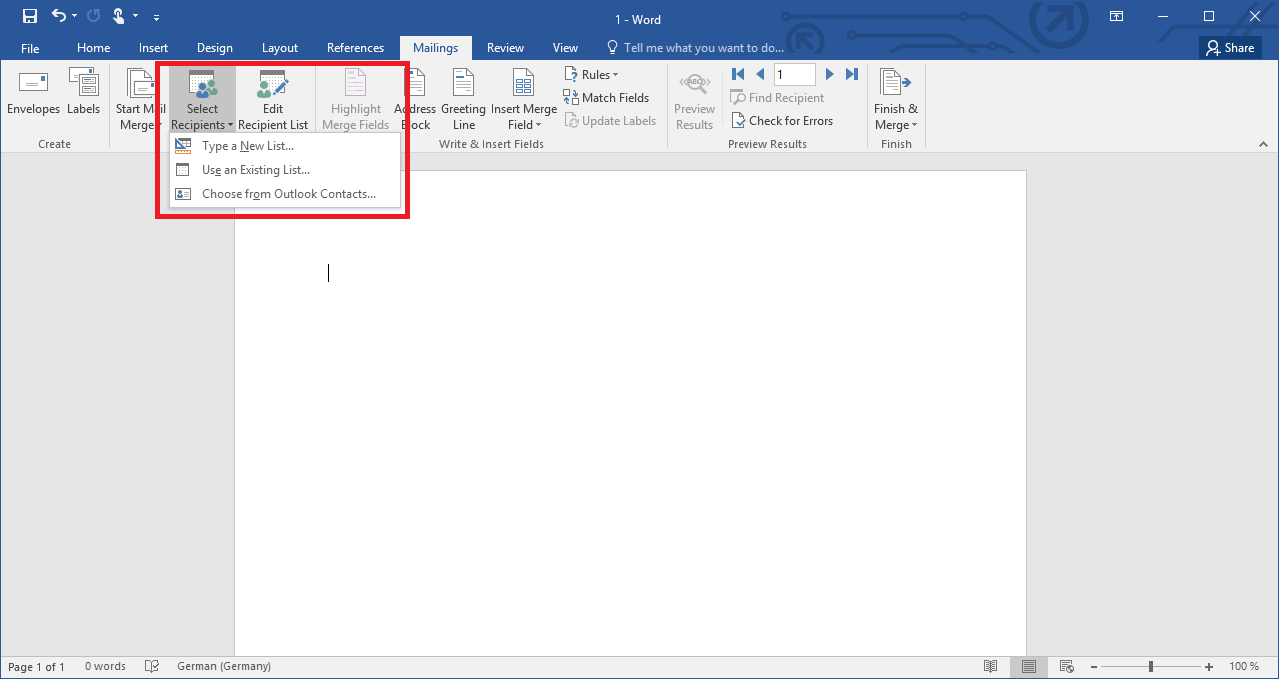


- HOW TO MERGE EXCEL FILES INTO WORD FOR LABELS HOW TO
- HOW TO MERGE EXCEL FILES INTO WORD FOR LABELS PDF
There you can do many types of processing-just as you can with an SQL database-in order to create views of information (queries) that can be used as the source data for a Word mail merge. There are multiple ways to do this, and in this video, I'm.
HOW TO MERGE EXCEL FILES INTO WORD FOR LABELS HOW TO
If you dont know VBA, you can hire a contractor. In this video, I will show you how to copy an excel table and paste it into Microsoft Word.
HOW TO MERGE EXCEL FILES INTO WORD FOR LABELS PDF
Now you have an Excel file and a PDF file for each source record. 3) In each iteration, copy every source cell to the mapped destination cell, then save the template as its own XLS file and publish it to PDF. In VBA, iterate through each selected row. The other option is to forego Excel and place your data in a real database program, such as Access. 2) Select the rows in the source to merge. (Full information on some of these methods can be found on the ExcelTips site. There are numerous ways that you can work with your data, including the removal of duplicate records or using macros to condense duplicate records into a single record. This means that it may be best to examine the source and do any sorting, condensing, and selecting in the workbook before you do the merge. The merge feature generally takes information as it is fed from the source document. eg first listed QR code into the first cell, second QR code into second cell, third QR code into third cell, and so on. Each script is set up to pull consecutive images from your Excel data source file. If you are doing any other type of merge (such as merging to letters or to labels), then you are pretty much out of luck. Click on Update Labels which will populate all label cells with the mail-merge scripting. If you are doing that type of merge, you can find full information on how to group records at this Microsoft Office Support article: This is not something that can be easily done with Word's mail merge capabilities, with one exception: You can do it if you are doing a directory-type merge. She wants to "group" records so she can put all the records for a given individual into a single merge document. She notes that if she was using SQL she could use "GROUP BY" to make sure that all the records of a given individual were grouped together. Erin wants to do a mail merge using source data that is in an Excel worksheet where it is possible for a given individual to have multiple rows of data.


 0 kommentar(er)
0 kommentar(er)
